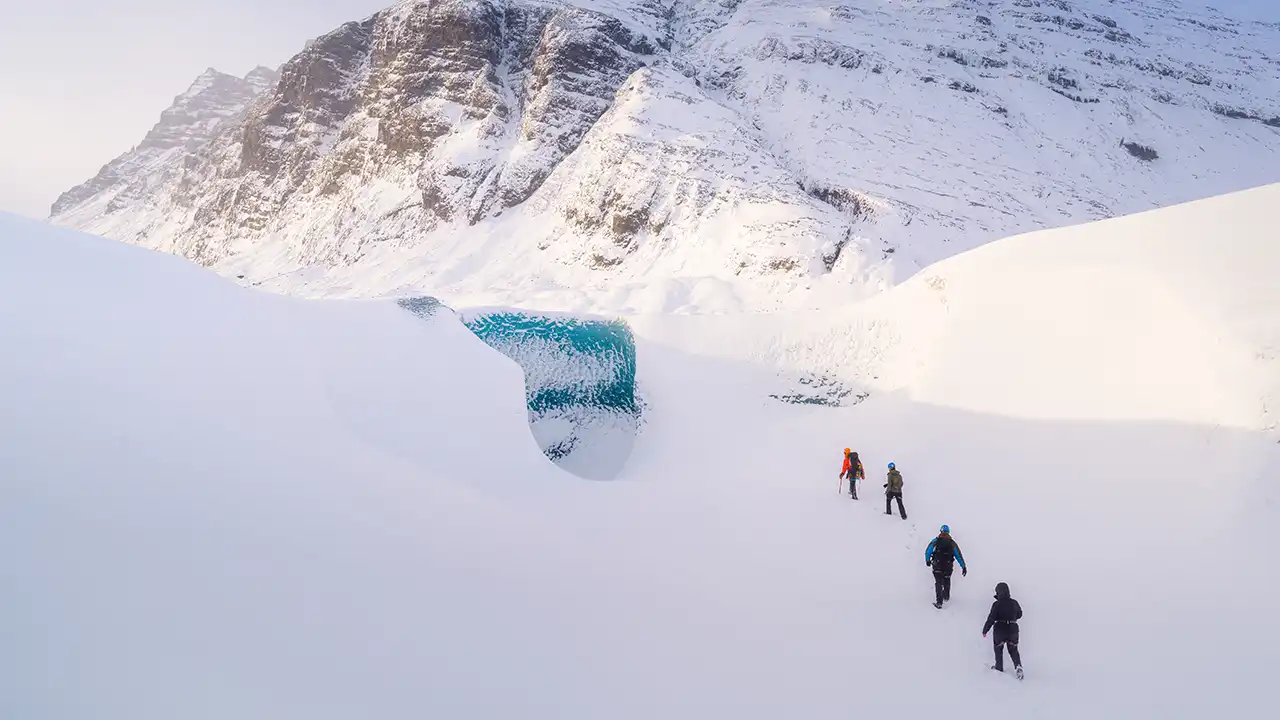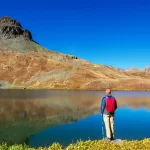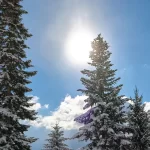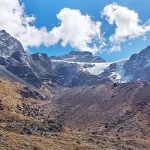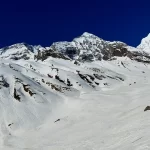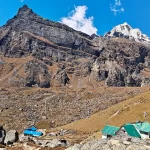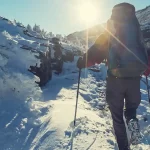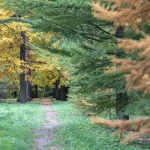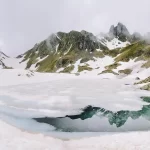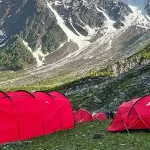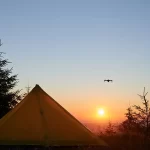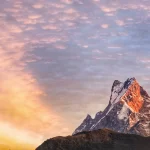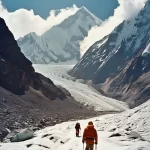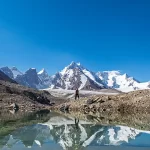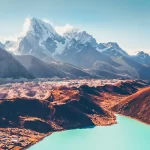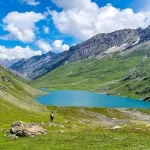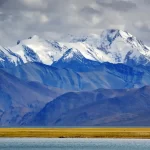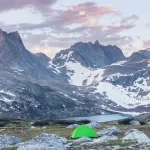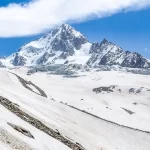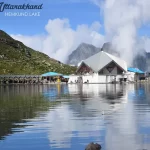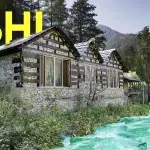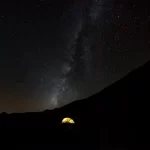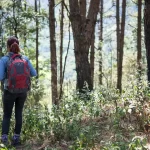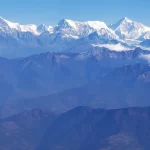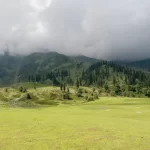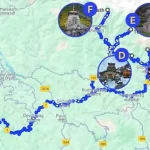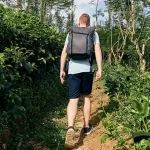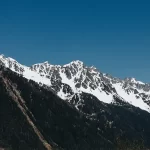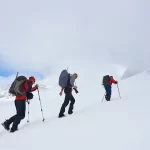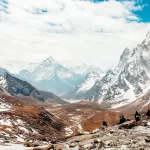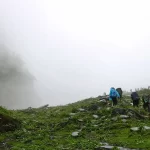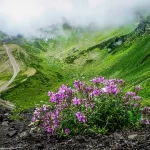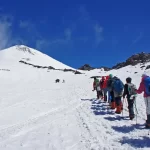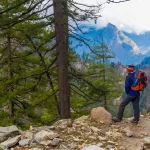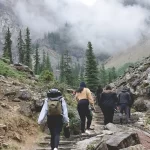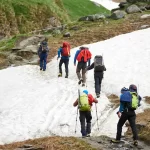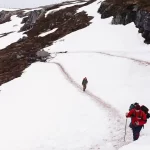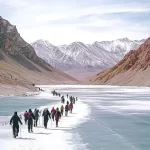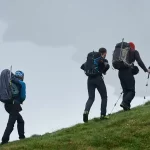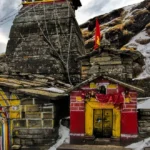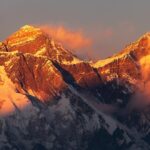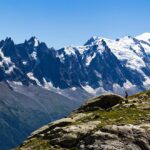You get up into the skies on certain trips. Some draw you far into the wilderness. The Trek to Pin Parvati Pass? It fulfills both. The Parvati River falls alongside you as you set out through the verdant, lush valleys of Kullu in Himachal Pradesh, it is quick, vibrant, and wild. By the end, you’re standing in the stark, silent land of Spiti, where the earth looks like it belongs on another planet, and the wind carries only echoes.
Right between these contrasting worlds lies the mighty Pin Parvati Pass, standing proud at 5,319 meters. To make your way from it, is to step into a story written by the moods of nature, shifting from forests to glaciers, warmth to frost, and life to stillness. This isn’t just a trek, it’s an experience that completely changes you.
Why Trek Pin Parvati Pass?
Because it’s real, raw, and not for the weak-hearted. This is not just a walk in the park, it’s an adventure that puts your patience, dedication, and spirit to the test. This is for you if you enjoy pushing boundaries and find calm in places that are remote, all within Himachal Pradesh.
What makes it truly unique is how drastically the landscape changes. You begin under tall pine trees, wander through flower-filled meadows, hop across rivers, camp near sacred lakes, and eventually crunch your way over snow and ice before stepping into the surreal world of Spiti’s cold desert, a true gem of Himachal Pradesh.
If a calm and soul loving scene is what you’re after, this place will never disappoint.
What you’ll see along the way?
- Kheerganga- Hidden in the forest, these natural hot springs are like a warm hug after your first day’s hike.
- Tunda Bhuj & Odi Thach- Wide meadows, grazing lands, and playful waterfalls surrounded by oak and pine. You’ll likely run into sheep, and maybe even a few curious mountain dogs.
- Mantalai Lake – A spiritual spot and the source of the Parvati River. The calm, composed, and nature’s beauty.
- Pin Parvati Pass- This is the crown jewel. From here, the snow-capped peaks seem close enough to touch, and both valleys stretch endlessly below. It’s one of those “wow” moments you don’t forget.
- Pin Valley – Once you cross the pass, everything changes. The land flattens out, turns dusty, and suddenly it’s all about quiet villages and an eerie kind of peace.
Day-by-Day Breakdown
Day 1 – Bhuntar to Barshaini to Kheerganga
A beautiful drive followed by a forest hike with streams and little wooden bridges. The hot springs at Kheerganga make it worth it.
Day 2 – Kheerganga to Tunda Bhuj
You’ll gain some altitude today. Dense forests open into clearings and meadows. The views start to get really good.
Day 3 – Tunda Bhuj to Odi Thach
Shorter hike, but with river crossings and large open spaces where herders camp with their flocks. A classic alpine setting.
Day 4 – Odi Thach to Mantalai Lake
Things start getting serious. The trail is rockier and steeper, but you’ll walk alongside the river until you reach the glacial-fed lake.
Day 5 – Acclimatization Day
A rest day, but not a lazy one. You’ll hydrate, take short walks, and prep your body for the big climb.
Day 6 – Mantalai to Base Camp
This part is tough. You’ll trudge through boulder fields and moraines. The air is thinner, and you’ll feel it.
Day 7 – Base Camp to the Pass and into Pin Valley
This is it — the toughest and most thrilling day. You’ll start before sunrise. It’s a steep, snowy climb followed by a long descent into Spiti’s alien landscape.
Day 8 – Pin Valley to Mudh Village
Things slow down here. It’s a pleasant walk through Spiti’s open terrain, with small villages dotting the way.
Day 9 – Mudh to Kaza or Manali
You can head deeper into Spiti or loop back to Manali. Either way, the journey stays with you.
Trek Difficulty & How to Prepare
Let’s not sugarcoat it — this is a tough one. High altitude, freezing nights, unpredictable weather, and long walking days make it one of the more challenging treks in India.
Start training at least 6–8 weeks before you go
- Do regular cardio — running, swimming, cycling.
- Focus on building leg and core strength.
- Practice stair climbing with a loaded backpack.
- Get your mind used to being unplugged and uncomfortable.
Best Time to Go
- Mid-July to mid-September is your safest bet. Too early and you’ll hit snowstorms. Too late and winter starts creeping in.
- Daytimes are pleasant, but nights can get chilly. On the summit day, expect your water bottle to freeze, even in August.
Permits & Safety
Because you’re crossing forest zones and nearing the Indo-Tibetan border, you’ll need:
- A forest permit
- Government-issued ID
- Medical fitness certificate
- Special area permit (for going beyond into Spiti)
Work with a licensed trek company. Unless you’re a seasoned trekker with Himalayan experience, soloing this trek isn’t a good idea.
Accommodation & What to Pack
You’ll find guesthouses in Bhuntar, Barshaini, and Mudh, but out on the trail — it’s all about camping. Your trek organizer usually provides tents, meals, and sleeping arrangements.
Don’t forget these essentials
- Trekking shoes (ankle-high and broken-in)
- Waterproof jacket and trousers
- Thermals, fleece, and a good down jacket
- Gloves, warm hat, and a balaclava
- Headlamp, power bank, water bottles Sunglasses, sunscreen, lip balm
- First aid kit and altitude meds Trekking poles and trail snacks
This trek isn’t just about the scenery (though that’s a huge part of it). It’s about what happens to you out there. The silence, the struggle, the sense of space, it all leaves a mark. You go in carrying the noise of the world. You come out quieter, steadier, and a little more in tune with yourself. If you’re ready for a real adventure, the kind that reshapes your insides, not just your photo gallery, the Pin Parvati Pass won’t disappoint.

